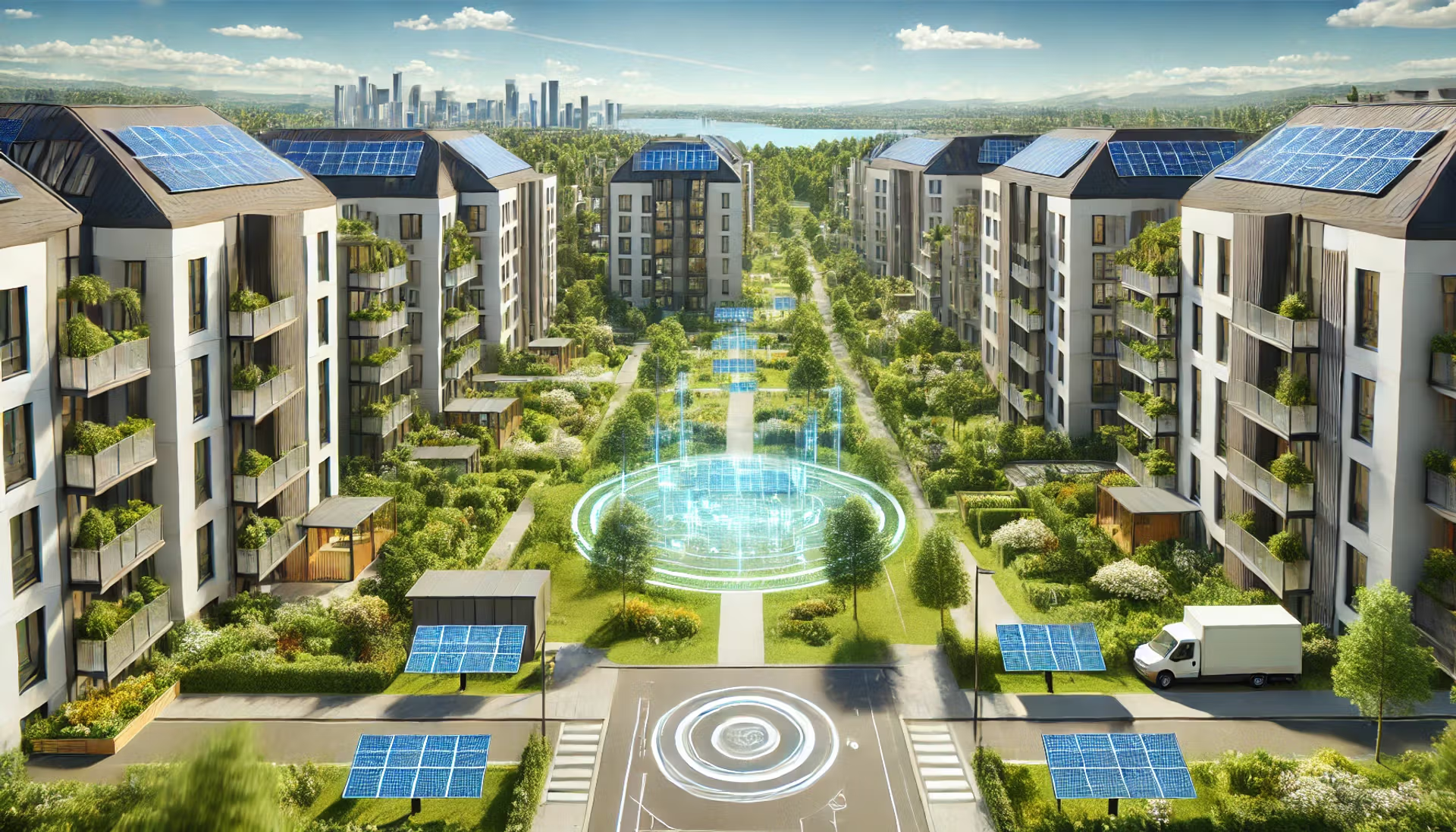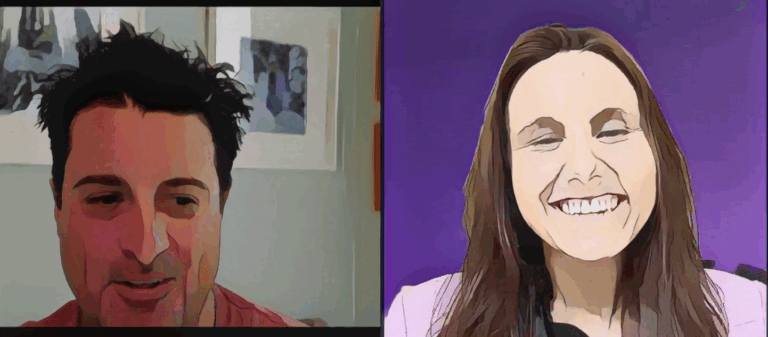Centralized maintenance is rapidly becoming a focal point in the multifamily housing industry. Property management teams are under increasing pressure to reduce costs, enhance efficiency, and improve resident satisfaction. Yet, implementing centralized maintenance is not without its challenges. The labor market is tightening, traditional workflows remain entrenched, and technology adoption often faces resistance. Here’s a closer look at the opportunities, obstacles, and solutions shaping the future of centralized maintenance.
The Case for Centralization
The multifamily housing sector faces mounting challenges, particularly in maintaining properties efficiently amid a declining skilled labor pool. Labor shortages are a growing concern as experienced workers retire and younger generations pursue opportunities in other fields like technology or aerospace. In markets like Washington, D.C., older maintenance professionals are gravitating toward government jobs that offer stability and benefits. Similarly, in Texas, skilled workers are drawn to industries like military and tech, leaving multifamily properties struggling to fill critical roles.Traditional maintenance models often exacerbate inefficiencies. Simple service requests, such as fixing a leaky faucet or adjusting a thermostat, frequently require multiple visits to diagnose and resolve. These redundant trips increase costs, strain resources, and frustrate residents. Scaling such a model across multiple buildings or communities amplifies these inefficiencies, making centralized solutions an increasingly attractive alternative.
Remote Maintenance as a Solution
Centralized maintenance, particularly through remote operations, offers a promising path forward. This approach leverages technology to diagnose and resolve maintenance issues without requiring on-site visits. By addressing up to 70% of user errors remotely—such as thermostat misconfigurations or clogged filters—property managers can significantly reduce service requests that require physical intervention. Tools like video chat and remote diagnostics enable maintenance staff to guide residents through troubleshooting simple issues, cutting costs and improving response times.In addition to immediate cost savings, remote maintenance aligns well with the demands of scaling operations. Technology platforms that consolidate service requests, track repairs, and provide real-time updates empower teams to manage larger portfolios with fewer resources. This efficiency not only benefits the bottom line but also enhances the resident experience by delivering quicker resolutions to common problems.
Overcoming Industry Resistance
Despite the clear advantages, centralized maintenance often faces resistance at both the organizational and operational levels. Workers accustomed to traditional methods may view centralization and automation as threats to job security. Management teams, too, can be hesitant, fearing the complexities of integrating new technologies into their operations.A significant hurdle is the reliance on legacy property management software, which can complicate the adoption of third-party solutions. Platforms like Yardi or RealPage often require costly integrations, deterring smaller operators with limited budgets from pursuing centralized strategies. Even when technology is implemented, achieving full organizational buy-in is essential. Without commitment from both corporate leadership and on-site teams, centralized maintenance systems may remain underutilized, perpetuating inefficiencies.
Key Lessons from Implementations
The experiences of early adopters underscore the importance of thoughtful implementation. Technology alone is not enough—successful centralization requires organizational alignment and user-friendly systems. On-site maintenance teams are more likely to embrace new tools when they are intuitive and seamlessly integrate into existing workflows. Complex or cumbersome platforms, by contrast, risk alienating users and undermining the benefits of centralization.Simplifying the technology and providing thorough training are critical steps. Real-time data capture, remote troubleshooting capabilities, and clear user interfaces can bridge the gap between field teams and management, ensuring that everyone works toward shared goals. Moreover, leadership must clearly communicate how centralization enhances—not replaces—the value of on-site staff, building trust and fostering collaboration.
The Path Forward
For property managers considering centralized maintenance, several strategies can ease the transition and maximize the benefits:
- Prioritize High-Impact Markets
Centralized maintenance is most effective in regions with labor shortages or high operational costs, such as the Sunbelt. In areas with abundant skilled labor, the incentive to centralize may be less compelling, but high-growth markets stand to gain significantly. - Invest in Scalable Technology
Technology should be both intuitive and adaptable, enabling seamless integration with existing systems. Platforms that provide remote diagnostics, centralized tracking, and actionable insights simplify adoption and drive operational efficiency. - Leverage Data for Decision-Making
Centralized systems generate valuable data that can inform maintenance strategies. By analyzing patterns and trends, property managers can allocate resources more effectively, predict potential issues, and proactively address resident concerns. - Focus on Resident Experience
Efficiency should not come at the expense of resident satisfaction. Streamlined maintenance operations should translate to faster resolutions, improved communication, and a higher quality of service, enhancing retention and community trust.
The Future of Centralized Maintenance
The benefits of centralized maintenance—lower costs, streamlined operations, and better service—are too significant to ignore. However, the road to adoption requires careful planning and a commitment to change. By focusing on scalable technology, aligning organizational goals, and prioritizing the resident experience, property managers can unlock the full potential of centralized operations.As the multifamily housing industry evolves, centralized maintenance will become a cornerstone of competitive property management. The question is not whether this model will gain traction but how quickly operators will adapt to its transformative potential.
Next Steps
Have you explored centralized maintenance for your properties? Now is the time to take the first steps. Identify opportunities within your portfolio, invest in user-friendly technologies, and build a strategy that aligns with your operational goals. Centralization isn’t just a solution for today’s challenges—it’s the foundation for tomorrow’s success.




